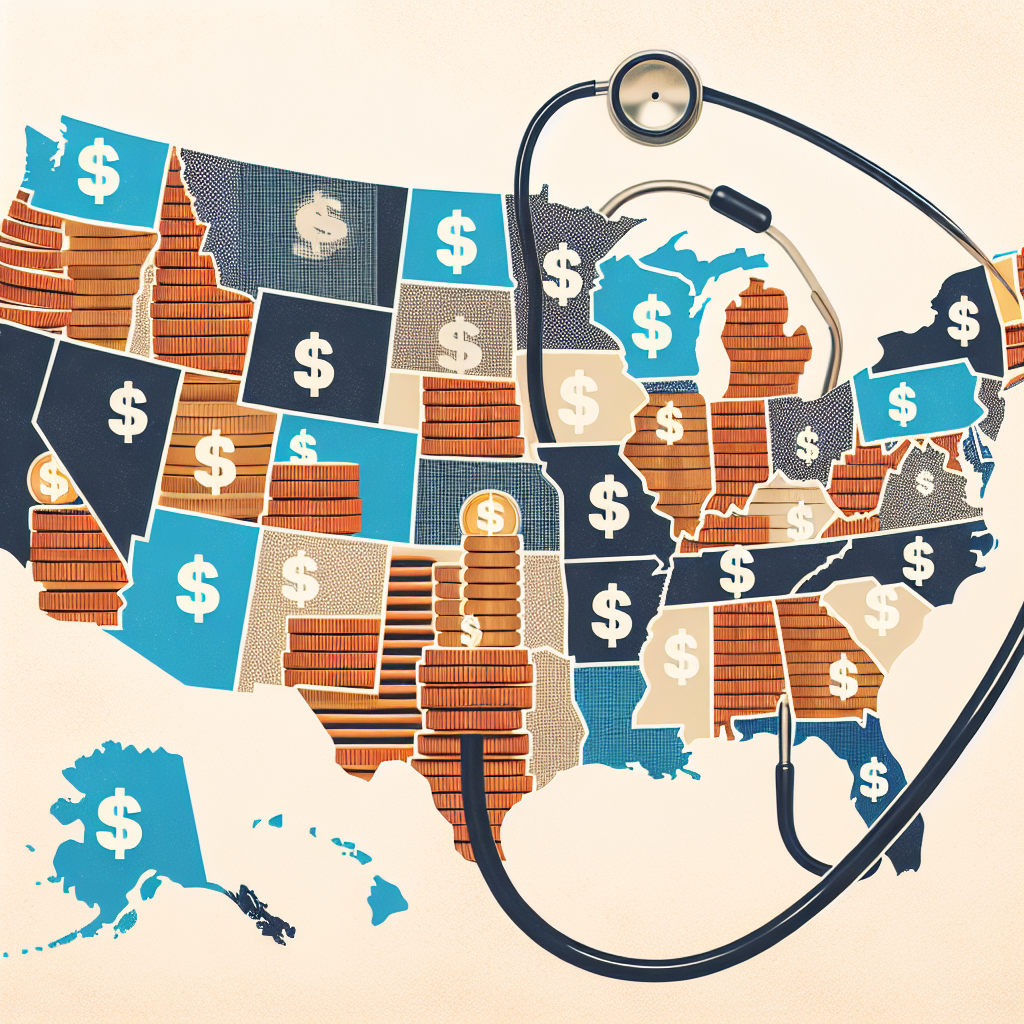New York, NY—As the United States grapples with an aging population, the disparities in funding for skilled nursing facilities across states have become increasingly apparent, spotlighting a crisis that experts warn could jeopardize the quality of care for millions of elderly Americans.
A recent analysis conducted by the American Health Care Association reveals a staggering variance in Medicaid reimbursement rates, the primary funding source for skilled nursing care, from one state to another. For instance, in Alaska, Medicaid pays approximately $1,019 per day for a skilled nursing facility bed, whereas in Alabama, the rate plummets to just $185 per day. This stark contrast not only highlights the funding imbalance but underscores the broader implications for patient care and facility operations.
“Such disparities can severely impact the quality of care that nursing homes can provide, affecting everything from staffing levels to the availability of advanced medical equipment,” says Dr. Susan Fletcher, a geriatric care specialist. “When facilities are underfunded, it’s the elderly population that suffers the most, often resulting in poorer health outcomes.”
Despite the essential role skilled nursing facilities play in the healthcare continuum, particularly for post-acute care and long-term care for seniors, the funding discrepancies present significant challenges. These challenges become more acute considering the forecasted growth in the elderly population. According to projections by the U.S. Census Bureau, by 2030, one in every five residents in the U.S. will be of retirement age, which will undoubtedly increase the demand for skilled nursing care.
The consequences of these funding disparities are multifaceted. In states where Medicaid reimbursements are insufficient to cover the cost of care, facilities are often forced to operate at a loss, which can lead to staffing shortages, reduced quality of care, and in some extreme cases, the closure of facilities. This not only puts a strain on the remaining facilities but also limits access to care for seniors, particularly those in rural or underserved areas.
Moreover, the current funding structure does little to account for the varying costs of living or operational expenses across different states, further compounding the problem. “The funding mechanism needs a serious revamp to reflect the actual costs of providing high-quality care,” Dr. Fletcher emphasizes.
Efforts to address these disparities have been met with varying degrees of success. Some states have taken matters into their own hands, implementing supplementary payment programs to bolster Medicaid reimbursements for skilled nursing care. However, these measures are often stopgap solutions rather than long-term fixes.
As the debate over how to reform Medicaid funding for skilled nursing continues, the need for a comprehensive and equitable solution has never been more pressing. With the elderly population set to surge in the coming years, the time to act is now, to ensure that all Americans have access to the care they deserve, regardless of where they live.


